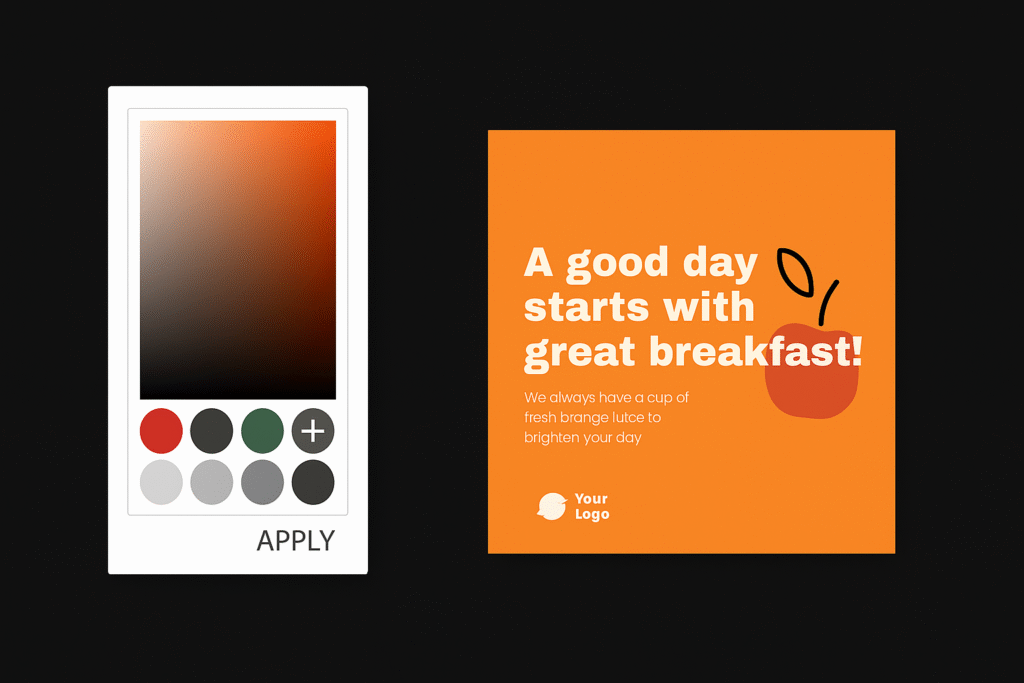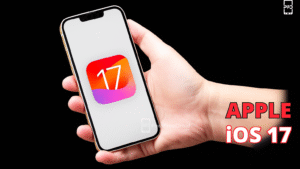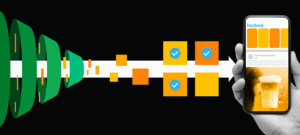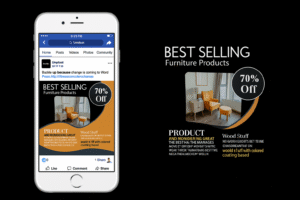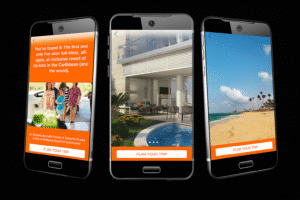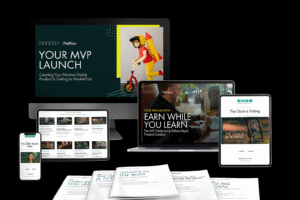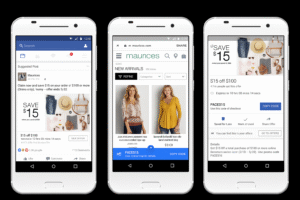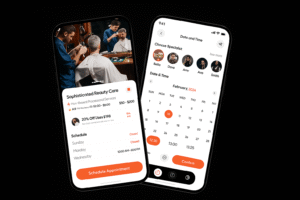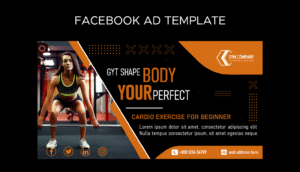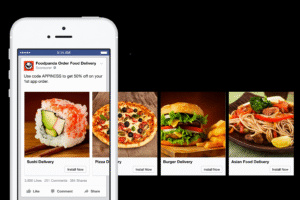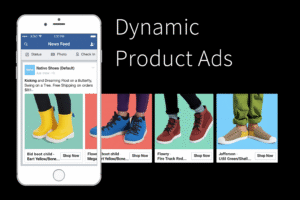Learn how to choose the right colors for your brand in 2025. Discover color psychology, trends, tools, and expert tips to make your brand unforgettable.
🔍 Why Brand Colors Matter in 2025
In 2025, brand color is more than just a design choice — it’s a critical element of your brand identity. Your brand colors influence how people feel about your business, build recognition, and can even affect purchasing decisions.
So how do you choose the right colors for your brand? This guide covers everything from psychology and trends to tools and real-world examples.
📘 What Are Brand Colors?
Brand colors are a specific palette of colors chosen to represent your business visually. They appear in:
Logos
Websites
Packaging
Marketing materials
A strong color palette helps your brand become instantly recognizable.
🧠 The Psychology Behind Colors
Each color triggers specific emotions and perceptions. Here’s a breakdown of what common colors represent in 2025:
| Color | Emotion | Common Use Cases |
|---|---|---|
| 🔴 Red | Energy, urgency, passion | Food, sports, retail |
| 🟠 Orange | Friendly, playful, creative | Kids, startups, entertainment |
| 🟡 Yellow | Optimism, warmth, happiness | Wellness, delivery services |
| 🟢 Green | Growth, health, sustainability | Eco-brands, finance, wellness |
| 🔵 Blue | Trust, professionalism, calm | Tech, finance, education |
| 🟣 Purple | Luxury, creativity, wisdom | Beauty, design, spirituality |
| ⚫ Black | Sophistication, power, elegance | Luxury, fashion, tech |
| ⚪ White | Simplicity, purity, minimalism | Tech, wellness, lifestyle |
🔥 Color Trends for 2025
Here are the top trending color themes in 2025:
Cyber Lime & Digital Lavender – Futuristic and tech-forward
Pastel Neutrals – Calm and minimalist branding
Retro Orange & Dusty Pink – Nostalgic vibes for D2C brands
Bold Black & Gold – Premium and luxurious feel
💡 Tip: Blend trends with your brand personality for best results.
🪄 How to Choose the Right Colors for Your Brand (Step-by-Step)
✅ Step 1: Define Your Brand Personality
Ask yourself:
Is your brand fun or serious?
Modern or traditional?
Affordable or luxurious?
➡️ Example: A wellness brand might lean towards green and beige, while a fashion brand might prefer black and gold.
✅ Step 2: Know Your Target Audience
Colors appeal to different age groups, cultures, and genders. Use insights like:
Gen Z loves vibrant neons and gradients
Millennials prefer pastels and organic tones
Corporate audiences lean towards clean blues and greys
✅ Step 3: Study Your Competitors
Check what colors competitors use — and either:
Blend in (if you want to associate with a category), or
Stand out (if you want to differentiate)
💡 Example: All banks use blue. A disruptive fintech might use green or purple to feel modern.
✅ Step 4: Choose Your Primary Color
Pick one main color that best reflects your brand essence.
Example:
Tech brand – Blue
Beauty brand – Pink or purple
Eco brand – Green
✅ Step 5: Pick Supporting Colors
Choose 2–3 complementary colors for:
Buttons
Backgrounds
Graphics
Use color theory to select:
Analogous (similar tone)
Complementary (opposite tone)
Triadic (spread evenly on the color wheel)
🎨 Use Coolors.co or Adobe Color for quick combinations.
✅ Step 6: Create a Color Palette and Naming System
A professional brand color palette includes:
Hex codes (e.g. #FF5733)
RGB & CMYK values
Names for each shade (e.g. Midnight Blue, Sunset Orange)
💼 Store your palette in your brand style guide.
💼 Real-World Examples
Coca-Cola: Red = Excitement + Energy
Spotify: Green = Innovation + Fresh
Apple: Black & Silver = Sophistication + Simplicity
Headspace: Orange = Joy + Positivity
🧰 Free Tools to Help You Choose Brand Colors
| Tool Name | Features | Link |
|---|---|---|
| 🎨 Coolors | Auto-generate palettes, export hex codes | coolors.co |
| 🧪 Adobe Color | Create color schemes with rules | color.adobe.com |
| 📊 Canva Color Wheel | Beginner-friendly palette creator | canva.com/colors |
| 🖼️ Khroma | AI-powered color palette inspiration | khroma.co |
❌ Common Mistakes to Avoid
Using too many colors (limit to 3–5)
Ignoring contrast (low contrast = poor readability)
Choosing trendy but irrelevant colors
Not testing colors on real-world assets
Skipping accessibility (ensure legibility for color-blind users)
💡 Bonus Tips
Use colors consistently across all platforms
Design your logo, website, and packaging with brand colors
Get feedback from real users before finalizing
Think long-term — your brand colors should work for years
🙋♂️ FAQs – Choosing Brand Colors in 2025
Q1: Can I change my brand colors later?
Yes, but it should be a strategic brand refresh with proper rollout across all touchpoints to avoid confusing your audience.
Q2: Should my website and logo use the same colors?
Ideally yes — consistency builds recognition. You can use accent colors on the website for variety.
Q3: How do I test which colors work best?
Use A/B testing on ad creatives, social posts, and landing pages to compare engagement and conversion.
Q4: Is it okay to use gradients in 2025 branding?
Yes! Gradients are trending in 2025, especially for tech, fashion, and wellness brands. Use them subtly and consistently.
Q5: What’s the difference between brand color and theme color?
Brand color = permanent identity color (e.g., logo)
Theme color = temporary campaign color (e.g., festival sale visuals)
📌 Conclusion
Choosing the right colors for your brand in 2025 is a powerful way to define your identity, connect with your audience, and increase brand recall. By understanding color psychology, studying your audience, and using modern tools, you can build a brand that looks great and performs even better.
🎯 Action Step: Use Coolors or Adobe Color today and build your brand palette that defines your business for the future.
